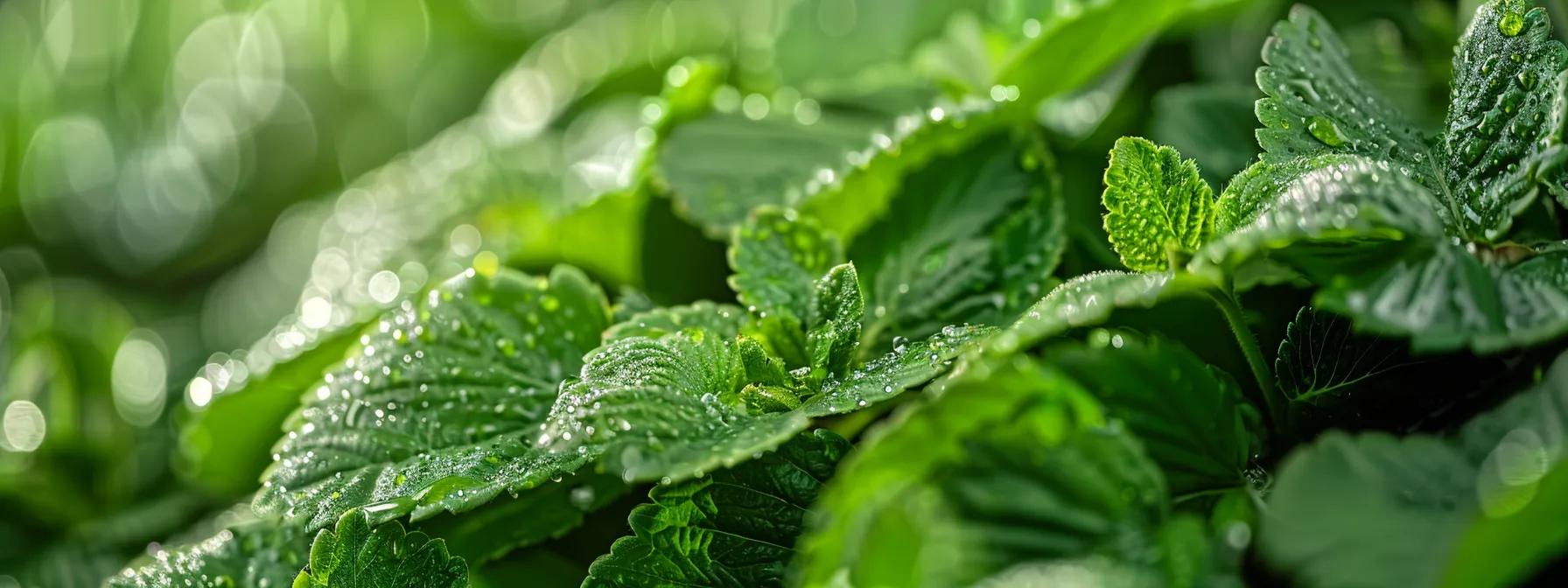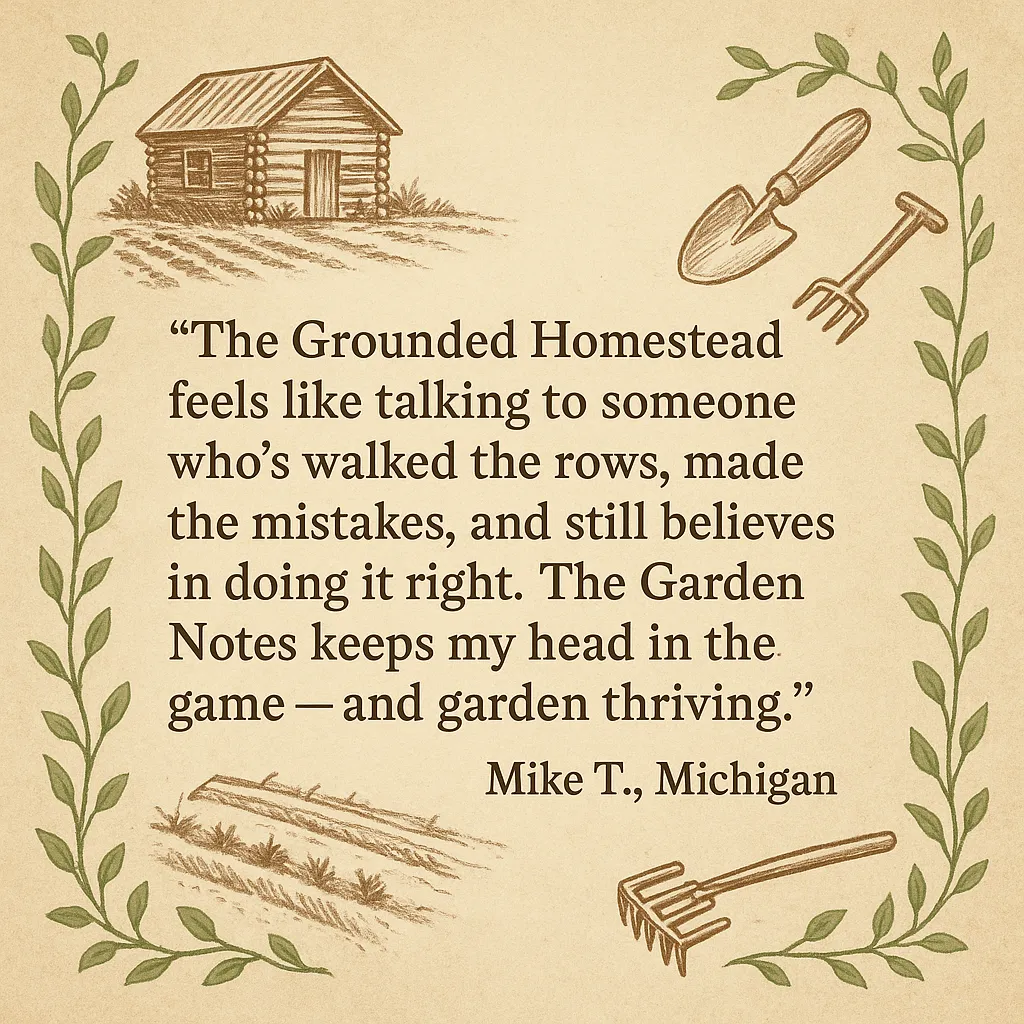
Frost, Flood, and Fungus: Protecting Strawberries in Extreme Weather
Frost, Flood, and Fungus: Protecting Strawberries in Extreme Weather
INTRODUCTION: The Year the Frost Took the Berries
I was maybe eight or nine the first time a spring frost wiped out the strawberry blossoms. One warm week had coaxed everything into bloom—bright, promising, sweet-smelling. The next morning? Gone. Blackened blossoms. Wilted leaves. My grandmother didn’t even go out to the garden until lunch that day.
“That’s the frost,” she said, shaking her head. “Snuck in overnight. No bees, no berries this year.”
I never forgot it. Ever since, I’ve watched the weather like a hawk come late April, never trusting a warm week too early.
Weather doesn’t just make strawberry growing harder—it can undo everything you’ve worked for. But with a plan, your plants don’t have to suffer the same fate mine did back then.
Let’s walk through how to protect your strawberries from the big three: frost, flood, and fungus—with tips for reading your yard’s microclimates, using protection tools wisely, and bouncing back when things go sideways.
SECTION 1: Understanding the Weather Threats
❄️ Frost (Spring & Fall)
Frost sneaks in when night temperatures drop below 32°F. Spring frosts kill blossoms, which means no fruit. Fall frosts can damage late runners or everbearing plants still producing.
Timing:
Spring: Zones 3–7 are especially vulnerable between March–May.
Fall: First frost hits hard, particularly if plants haven’t been mulched or hardened off.
☀️ Heatwaves & Drought
Extended dry spells and high temps cause:
Stunted or shriveled fruit
Pollination failure
Blossom drop
Increased stress and disease susceptibility
Even everbearing types will pause fruiting in extreme heat.
💧 Waterlogging & Flood
Poor drainage, flash floods, or heavy rain can saturate roots:
Root rot and crown rot thrive in wet conditions
Anaerobic soil (no oxygen) chokes the plant
Fungal disease increases in soaked beds
🌫️ High Humidity
Humidity creates perfect breeding grounds for:
Gray mold (Botrytis cinerea)
Powdery mildew
Leaf spot and other fungal leaf diseases
Most active in zones with muggy summers or high rainfall.
SECTION 2: How Weather Triggers Disease
Weather and disease are tightly linked. Here's how it works:
Weather Trigger Common Disease Frost Tissue death Crown rot, blossom loss Flooding Anaerobic soil Root rot, verticillium wilt Humidity Moisture on leaves Botrytis, mildew, leaf spot Heat & drought Stress Weak fruit, low pollination
📌 Visual tip: Watch for leaves that wilt mid-morning but perk back up at night—classic drought stress.
💡 Keep a garden journal to track what conditions brought which issues.
SECTION 3: Tools of Protection
Here’s your extreme-weather toolbox:
Tool Best For Pros Cons Floating Row Covers Frost, wind Lightweight, reusable, allows light in Needs daily monitoring in warm weather Drip Irrigation Drought, fungal control Targets roots, conserves water Requires setup Straw Mulch Frost, moisture retention Inexpensive, insulates roots Needs replenishing Cold Frames Spring/fall frost Adds weeks to season, re-usable Costly for large beds Shade Cloth Heatwaves Reduces sun stress, easy to deploy May block pollinators Raised Beds Waterlogging Improves drainage naturally More initial work
✨ Affiliate link suggestion: Simple drip irrigation kits and frost blankets belong in every garden shed. Include both in your toolkit.
SECTION 4: Microclimates & What They Tell You
Most gardens have hidden weather pockets. Learn to read yours.
🔍 Find Warm Pockets:
South-facing walls (heat reflection)
Stone paths (radiates heat at night)
Slight slopes (cold air drains downhill)
🧊 Frost Traps:
Low spots
Open areas near woodlands
Poorly drained patches
Use garden thermometers or soil probes to track differences across the yard. Even 3–5°F can determine whether your strawberries bloom or burn.
SECTION 5: Recovery Plans by Weather Type
When disaster strikes, here’s how to respond:
🧊 Frost Damage Recovery
Wait until midday to assess
Remove blackened blossoms and foliage
Apply compost tea or kelp to stimulate new growth
Don’t fertilize immediately—wait for signs of rebound
🌊 Flood or Saturation
Stop all watering
Poke holes with a garden fork to aerate
Topdress with compost to help recovery
Remove mulch if waterlogged
🔥 Heatwave
Deep water early in the morning
Provide shade with cloth or inverted baskets
Trim any heat-damaged leaves
🌫️ High Humidity
Prune for airflow
Treat preventively with neem oil or copper fungicide
Avoid overhead watering; switch to drip
SECTION 6: The Emergency Kit Every Grower Needs
Print this as your go-to checklist:
[ ] Floating row covers or frost blankets
[ ] Shade cloth
[ ] Soil thermometer
[ ] Watering wand or drip irrigation
[ ] Organic anti-fungal spray (like neem or sulfur)
[ ] Compost tea or kelp foliar feed
[ ] Raised bed or slope layout map
[ ] Garden fork (aeration)
[ ] Extra straw mulch
🔧 Tip: Keep all this in one weather bin or tote—ready to deploy at the first warning.
SECTION 7: Zone-Based Risk Calendar
Printable calendar (PDF suggested) showing:
Average last/first frost dates by zone
Rainfall & humidity spikes (based on USDA maps)
Mulch timing
Row cover guidance windows
Let’s help growers prep before they need to react.
SECTION 8: What NOT to Do
Avoid these common missteps:
❌ Fertilizing stressed plants post-storm
❌ Uncovering frost covers too early (keep on till temps stabilize)
❌ Leaving waterlogged soil covered
❌ Spraying antifungals in peak sun hours (burn risk)
❌ Ignoring wind exposure—damages covers, strips flowers
📍 Grandma always said: “You can’t fix a freeze with fertilizer.”
SECTION 9: Restoring the Buzz: Reinviting Pollinators
After storms or heatwaves, pollinators may disappear.
Plant nearby borage, calendula, and chives
Keep a sunny patch with no cloth covers
Water blooming herbs and remove mulch near flowers
Consider hand-pollination if bee activity drops
CONCLUSION: Weather Happens—Grow Anyway
Strawberries don’t need perfection. They need a partner.
You can’t stop the late frost or a week of summer storms—but you can be ready. With the right tools and knowledge, your patch can pull through storms stronger than before.
And when that next bloom comes in—fresh, fragrant, alive—you’ll know the season was worth the work.
Looking for more professional guidance & homesteading resources?
Explore our trusted guides to learn more about growing healthy food, managing your land, and building lasting systems for your homestead. Whether you're looking for planting tips, seasonal checklists, or natural solutions that actually work—we’ve got you covered.
Start with these helpful reads:
Everything to know about Strawberries:
Start with Strawberries: Ground Your Garden with Fruit that Grows Back
6 Common Strawberry Plant Diseases and How to Treat Them Naturally
The 6 Pests That Wreck Strawberry Crops—and How to Beat Them Naturally
Beyond Straw: Choosing the Right Mulch for Every Strawberry Bed
Runner Management 101: Multiply Your Strawberry Patch with Purpose
The Best Strawberry Varieties for Continuous Summer Harvests
Top 14 Practical Uses for Fresh Strawberries (Beyond Jam)
Start a U-Pick Strawberry Business (Even on 1 Acre)
How to Fertilize Strawberries for Yield, Flavor, and Runner Control
Strawberries in Small Spaces: Balcony, Border, and Vertical Growing Techniques
Wild Strawberries vs. Cultivated: Should You Grow Fragaria vesca?
The Complete Guide to Propagating Strawberries: Growing Strawberries from Seed


Facebook
Instagram
X
Youtube